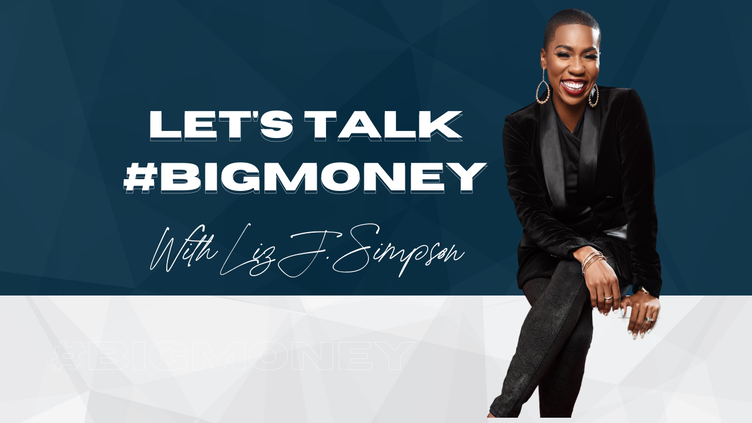
Are you an entrepreneur trying to master sales for your business so you can create predictable revenue growth with corporate clients? Are you unsure what steps or best practices to follow to ensure you do so successfully?
You are not alone in any way, shape, or form. Just like accounting, if you don’t have a history of working in sales, it can be an overwhelming aspect of business for any entrepreneur.
But, also similar to accounting, when you establish systems to follow, things start to get a lot easier. Systems make tackling sales more straightforward, allowing you to reverse engineer the process.
Having an established system will not guarantee desired results, but it does allow you to reflect on where you may have made a misstep and do things a little differently the next time around.
Similarly, an established sales system will better allow you to pinpoint and recreate your wins.
It’s not about being ‘good’ at sales; it’s about learning (and practicing) best practices, systems, and processes that help you create more predictable results.
These are the five key steps that I teach in the #BigMoneyMovement programs to help my clients establish a successful, predictable sales process.
Harnessing Inbound & Outbound Strategies in the Attraction Phase

This is where it all begins. The attraction phase is when you generate leads by positioning yourself in the marketplace so that you can appeal to and compel your ideal audience.
There are two key strategies you can harness in the attraction phase:
- Inbound Strategies: Use inbound strategies to implement and pull leads toward you. Content is a huge part of this. Whether it’s Youtube videos, blogs, or articles on LinkedIn — inbound attraction involves you putting your expertise out in the world to draw leads toward you and your business.
- Outbound Strategies: The opposite of inbound, outbound sales in the attraction phase requires you, the business owner, to decide who you would like to work with and then actively engage with them. This could be in the form of cold calling or networking on LinkedIn.
Whichever strategy you use (a combination of the two is often most successful), you want to keep your ideal client in mind.
Doing so will make it easier to position yourself as an immediate quick win for the problem you solve and drive them to the next step in the sales process, the discovery phase.
Getting To Know Your Prospective Clients in the Discovery Phase
The discovery phase involves finding out what the needs and ailments of your prospective clients are so that you can diagnose what they need, typically, through a discovery call.
A discovery call is the first conversation with a prospect after showing initial interest in your product or service. It’s kind of like dating.
You have already attracted this potential client through step one of the sales process (the attraction phase), and thus, it is time to engage and get into conversation with them.
At this point, it is best not to become too attached to the outcome but rather try to find out whether you can determine what their actual needs are and whether you are the best possible expert for their desired transformation.
You can do this by:
- Listening deeply
- Asking open-ended questions
- Recording the conversations so you can listen back and see if you missed anything
- Closing with next steps
If you want to land corporate clients, you might have several conversations in the discovery phase before you close a deal. Again, just like dating, the idea is to get to know them and whether or not they are a good fit for you as a client and vice versa.
Assuming the discovery phase is successful, the next logical step in the sales process is the proposal phase. Here, you propose a solution and the reason why you are the best person to help them achieve their desired transformation.
Presenting Your Solution in the Proposal Phase

By the time you reach the proposal phase, you should have a solid understanding of:
- The status quo in this prospective client’s business
- Who will be impacted along the way toward the desired transformation
- Who will be involved in the process
- That you believe you are uniquely qualified to solve their problem.
So, when you submit your proposal, you want to ensure that you:
- Clarify your understanding of their problem
- Agree upon the desired outcome/transformation
- Present how you feel you can help them achieve that desired outcome
- Invite them to partner with you, and then present what that partnership and investment will look like
Sometimes you will get objections — fear not. Objections are either a reason to tailor your solution more specifically to their particular problem or determine that the partnership may not be the best fit.
Committing to the Partnership in the Close
If the proposal phase is successful (yeah, it was!), you want to ensure that you close the deal by providing the necessary documentation.
As a service provider, ensure that you present at:
- Service agreement: A document that outlines what this business relationship will look like
- Statement of work: A record of the deliverables that you agree upon for this particular engagement
These two (essential) documents make up the contract of your work.
It can take some time and back-and-forth communication to get to the stage where both parties are happy with the service agreement and the statement of work. But, once you achieve this step, it means you have closed the deal!
Nurture This New Relationship in the Hand-off

As a business owner and service provider, this is the point at which you really need to shine! Your work is not complete when you get a signed agreement and a deposit. In fact, it’s really only just begun.
Be sure to retain and nurture this relationship moving forward. That means mapping out expectations, getting your new clients excited about the partnership, and most importantly — delivering on what you promise, so they want to work with you for years to come.
The sales process might seem a little overwhelming to start, but by following the system, practicing, reflecting, and learning from your mistakes, it will begin to feel much more natural than if you had just left it all to chance.
If you feel like you could use a little more assistance and wonder how to work with 5 or 6-figure corporate clients, apply for access to my complimentary masterclass training at thebigmoneymovement.com!
Or, if you need language on how to approach executive buyers to book more meetings, download 3 of my proven sales scripts at corporateclientscripts.com.
About The Author: Liz J. Simpson

Liz J. Simpson has been recognized by LinkedIn as a Top 15 Sales Influencer. She is a speaker, sales strategist and trainer.
She has been featured in NBC, CBS, SXSW, 40 under 40 and as a Hubspot INBOUND Fellow. She’s been recognized as a Demand Gen Thought Leader award winner as well as a SalesHacker Top Sales Leader and Female Speaker.
As founder of the sales consultancy, Stimulyst, her team specializes in empowering organizations to accelerate growth through personal branding, strategic relationship-building, and consultative new business development.
Liz is also the founder of The #BigMoney Movement, a global movement empowering thousands of women entrepreneurs across the globe to take up space, shatter gender disparities and close 6-figure corporate deals.
When she’s not out training professionals to become “fluent in #bigmoney talk”, you’ll find her at home with her husband and three children, aged 5, 16 and 17.
Share


